Home>diy>Building & Construction>What Are The Most Important Safety Rules In Construction
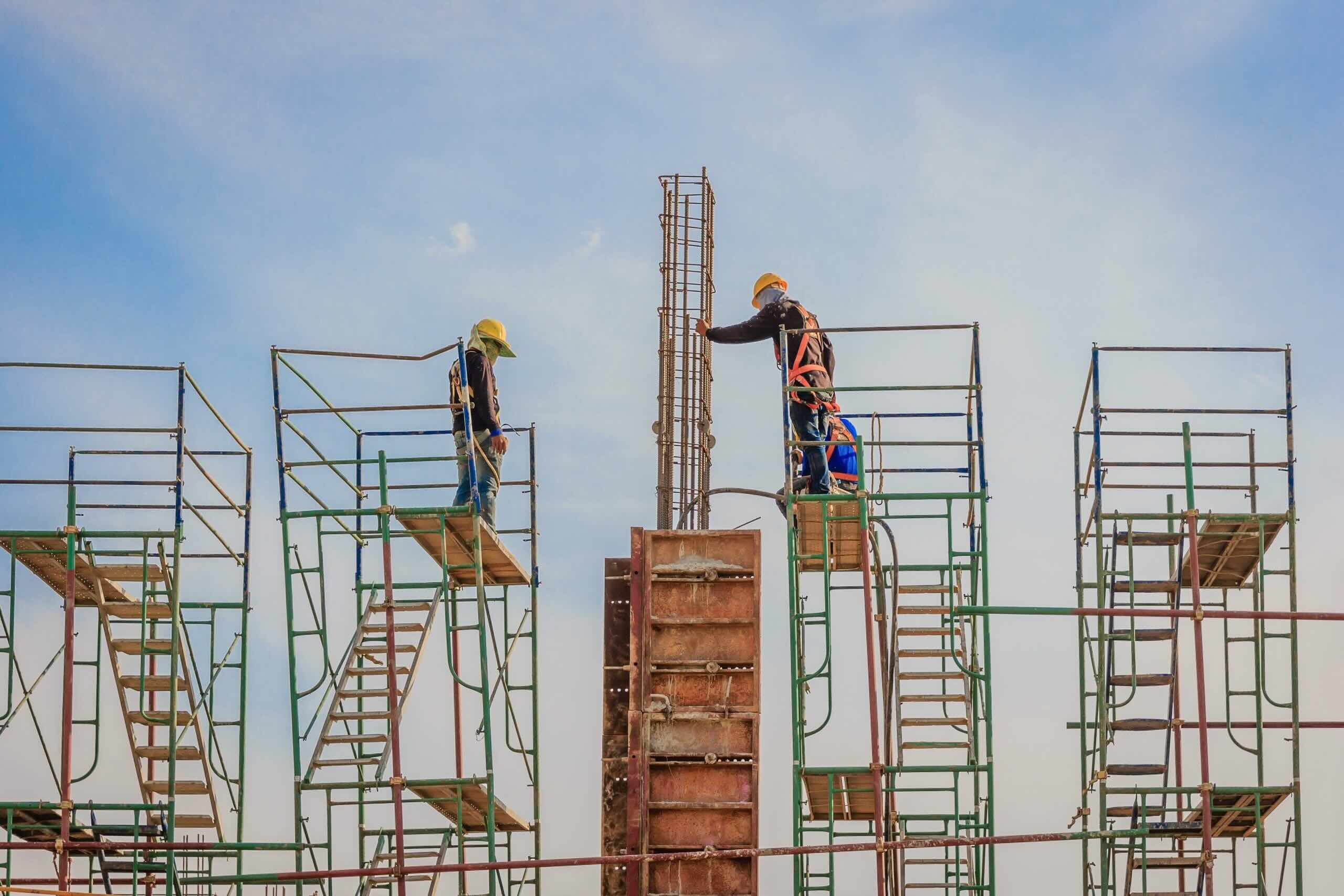

Building & Construction
What Are The Most Important Safety Rules In Construction
Modified: January 24, 2024
Learn the crucial safety rules in building construction and protect yourself and your team. Get expert advice on staying safe on construction sites.
(Many of the links in this article redirect to a specific reviewed product. Your purchase of these products through affiliate links helps to generate commission for Storables.com, at no extra cost. Learn more)
Introduction
Welcome to the world of construction, a dynamic and demanding field that plays a crucial role in shaping our built environment. From towering skyscrapers to intricate infrastructure projects, the construction industry is responsible for creating the structures that define our modern civilization.
While construction projects bring innovation and progress, they also come with inherent risks and hazards. Construction sites can be hazardous environments, requiring strict adherence to safety rules and regulations. The implementation of proper safety measures is vital to protect workers and ensure the successful completion of projects.
In this article, we will explore the most important safety rules in construction that every worker, contractor, and site supervisor should be familiar with. By prioritizing safety, we can create a culture of security and effectively mitigate risks, promoting a safer construction industry for all.
Key Takeaways:
- Prioritizing safety in construction through PPE, fall protection, and hazard communication minimizes risks, protects workers, and ensures project success.
- Effective implementation of safety rules, emergency response procedures, and equipment maintenance fosters a culture of safety and shared responsibility in construction.
Personal Protective Equipment (PPE)
Personal Protective Equipment, or PPE, is a vital component of ensuring the safety of construction workers. PPE refers to protective gear and equipment designed to minimize exposure to hazards on the job site. It acts as a shield against potential injuries and illnesses, protecting workers from various dangers encountered in the construction industry.
Common types of PPE used in construction include hard hats, safety goggles, ear protection, gloves, and safety boots. Each piece of PPE serves a specific purpose and should be worn based on the identified risks on the construction site.
Hard hats, for instance, protect the head from falling debris or objects. Safety goggles shield the eyes from dust, chemicals, and other particles. Ear protection is essential to prevent hearing damage caused by loud machinery and construction noise. Gloves protect the hands from cuts, burns, and chemical exposure. Safety boots provide ankle support and protect the feet from falling objects or heavy equipment.
To ensure proper use of PPE, employers need to provide suitable equipment to their workers and conduct regular training on how to use and maintain it. Workers should be aware of the specific hazards they may encounter and should wear the appropriate PPE accordingly.
Additionally, it is essential to regularly inspect PPE for any signs of damage or wear and tear. Damaged equipment should be replaced immediately to maintain the highest level of safety.
By prioritizing the use of PPE, construction workers can significantly reduce the risk of injuries and create a safer work environment. It is essential for employers, supervisors, and employees to understand the importance of PPE and adhere to its usage guidelines at all times.
Fall Protection
Falls are one of the leading causes of injuries and fatalities in the construction industry. To prevent such accidents, fall protection measures are implemented to ensure the safety of workers who are working at heights or in elevated areas.
Fall protection systems include a combination of guardrails, safety nets, and personal fall arrest systems (PFAS). Guardrails act as barriers around open edges, providing a physical barrier to prevent falls. Safety nets, on the other hand, are designed to catch workers in the event of a fall. PFAS, including harnesses and lanyards, are worn by workers and provide a means of safely arresting a fall.
Employers must assess each task that involves working at heights and implement the necessary fall protection measures. Workers should be trained on how to properly use and inspect fall protection equipment, as well as how to identify potential fall hazards.
In addition to the use of fall protection equipment, good housekeeping practices are crucial. Keeping work areas free from clutter and debris can help prevent trips and falls. Regular inspection of elevated work surfaces and ensuring proper maintenance of ladders and scaffolds also contribute to fall prevention.
It is vital for all employees to understand the potential risks associated with working at heights and the importance of fall protection measures. By implementing effective fall protection systems and providing comprehensive training, construction sites can minimize the occurrence of fall-related accidents and ensure the safety of their workers.
Scaffold Safety
Scaffolds are commonly used in construction for tasks such as painting, accessing elevated areas, and performing various trade-related activities. However, working on scaffolding can be hazardous if proper safety measures are not followed. Scaffold safety is crucial to prevent falls, collapses, and other accidents.
First and foremost, it is important to ensure that scaffolding is erected and dismantled by competent and qualified personnel. A solid foundation is essential to provide stability, and the scaffold structure must be capable of supporting its own weight as well as the intended load.
Regular inspections are necessary to identify any damaged or weakened components of the scaffold, such as loose planks or missing guardrails. Workers should be trained on how to inspect scaffolds and report any issues to their supervisor.
Guardrails and toe boards should be installed on all open sides and ends of scaffolds to prevent falls. The use of personal fall arrest systems (PFAS) is also recommended when working on scaffolding at heights.
Care should be taken when moving materials and equipment on scaffolds to avoid overloading and destabilizing the structure. Tools and materials should be secured to prevent them from falling and injuring workers below.
Additionally, scaffolds should be kept clear of debris, excessive material, and any other potential tripping hazards. Regular cleaning and adherence to good housekeeping practices are essential to maintain a safe working environment.
Workers should be provided with proper training on scaffold safety and the hazards associated with working on scaffolding. They should also be informed of the correct procedures to follow in case of an emergency or scaffold collapse.
By following the proper procedures for scaffold erection, usage, and maintenance, construction sites can minimize the risk of scaffold-related accidents and ensure the safety of workers.
Excavation and Trenching Safety
Excavation and trenching are common activities in construction that involve digging and creating excavated areas for various purposes, such as laying pipelines, installing foundations, or burying utilities. However, these activities can pose significant risks if proper safety precautions are not taken.
One of the primary hazards associated with excavation and trenching is cave-ins. These can occur when the walls of the excavation collapse, burying workers under the debris. To prevent cave-ins, protective systems must be implemented based on the depth and type of soil.
Shoring systems, which use structural supports such as shoring jacks or hydraulic cylinders, are commonly used to prevent cave-ins in deeper excavations. Shielding systems, such as trench boxes, can be used to protect workers in shallower excavations. These systems help to stabilize the soil and prevent it from collapsing inward.
Before starting any excavation or trenching work, a competent person should assess the soil conditions to determine the appropriate protective system to be used. Proper sloping or benching techniques can also be employed to prevent cave-ins, depending on the soil characteristics.
Other safety measures to consider include ensuring that excavated materials and equipment are kept at a safe distance from the excavation edge. This prevents additional weight from causing the soil to destabilize and collapse.
It is vital to maintain clear access points and provide safe means of entering and exiting the excavation or trench. Workers should also be trained to recognize and avoid hazards such as underground utilities, unstable soils, and standing water.
Regular inspections of the excavation should be conducted to identify any signs of instability or potential hazards. Any issues should be addressed promptly, and workers should be evacuated from the site if necessary until the conditions are deemed safe.
By implementing the appropriate protective systems, closely monitoring soil conditions, and providing comprehensive training to workers, construction sites can ensure excavation and trenching activities are performed safely and minimize the risk of accidents or injuries.
Read more: What Is The Importance Of Ladder Safety
Electrical Safety
Electrical safety is a critical aspect of construction work, as workers are often exposed to the risks associated with electrical systems and equipment. Electrocution, electrical burns, and fires are some potential hazards that can occur if proper electrical safety measures are not followed.
First and foremost, workers must be trained on electrical safety practices, including understanding electrical hazards and knowing how to work safely with electrical systems and equipment. They should be aware of the importance of de-energizing circuits before working on electrical components or conducting repairs.
All electrical equipment, tools, and cords should be inspected regularly for damage or signs of wear. Damaged equipment should be immediately taken out of service and replaced to avoid potential electrical accidents.
Proper grounding of electrical systems is essential to prevent electric shocks. Ground-fault circuit interrupters (GFCIs) should be installed in areas where electrical equipment may come into contact with water to provide additional protection against electrical shocks.
Lockout/tagout procedures should be implemented when working on electrical equipment to ensure that energy sources are properly de-energized and isolated. This prevents accidental energization and protects workers from electrical hazards.
Additionally, workers should avoid overloading electrical circuits with excessive equipment or simultaneous use of high-powered electrical devices. Overloading can cause overheating and potential electrical fires.
Only qualified electricians should perform electrical installations, repairs, or modifications. It is crucial to comply with electrical codes and regulations to ensure the safety of workers and prevent potential issues that may arise from improper electrical work.
In the event of an electrical emergency or injury, workers should be trained on the proper first aid procedures and how to effectively respond to such situations. Access to emergency response equipment, such as fire extinguishers and first aid kits, should be readily available on the construction site.
By prioritizing electrical safety practices, conducting regular inspections, and providing thorough training to workers, construction sites can significantly reduce the risk of electrical accidents and create a safer working environment for all.
Hazard Communication
Hazard communication is a crucial aspect of maintaining a safe construction site. It involves effectively communicating and disseminating information about the potential hazards present in the workplace, as well as providing guidance on how to safely handle and work with hazardous materials.
Employers have a responsibility to identify and assess the hazards associated with the tasks performed on the construction site. They should then develop a comprehensive hazard communication program to inform workers about these hazards and the necessary safety precautions.
One key component of hazard communication is the use of safety data sheets (SDS), formerly known as material safety data sheets (MSDS). SDS provide detailed information about the properties, potential hazards, and appropriate handling measures for each hazardous substance used on the site.
Employers must ensure that SDS are readily accessible to workers and that they are familiar with the information contained within them. This includes understanding the proper storage, handling, and disposal procedures for each hazardous material.
In addition to SDS, labels should be affixed to all containers of hazardous substances, clearly indicating the nature of the hazard and any precautions that need to be taken. Workers must be trained to recognize and interpret these labels to avoid accidents and injuries.
Regular communication and training sessions are essential to ensure that workers understand the hazards associated with their tasks and the necessary precautions to mitigate risk. This can include safety meetings, toolbox talks, and ongoing education programs.
It is also important for employers to establish procedures for reporting hazards or potential hazards, as well as protocols for incident reporting and investigation. This fosters a culture of open communication, allowing workers to raise concerns and address them promptly.
By effectively communicating hazard information, providing comprehensive training, and promoting a culture of awareness and reporting, construction sites can minimize the risks associated with hazardous materials and create a safer working environment for all.
Always wear the appropriate personal protective equipment (PPE) on a construction site, including hard hats, gloves, and steel-toed boots to protect yourself from potential hazards.
Fire Safety
Fire safety is a critical aspect of construction site management, as the presence of flammable materials and various heat sources pose a significant risk of fire-related accidents. Implementing proper fire safety measures can help minimize the potential for fires and ensure the safety of workers.
First and foremost, construction sites should have a well-developed fire prevention plan in place. This plan should include measures such as regular inspections to identify potential fire hazards, proper storage of flammable materials, and the placement of fire extinguishers and fire alarm systems throughout the site.
It is essential to create clear and accessible pathways for evacuation in case of a fire emergency. Exit signs and evacuation routes should be clearly marked and well-lit, ensuring that workers can quickly and safely evacuate the premises.
Fire extinguishers should be strategically placed throughout the construction site, in areas where fire hazards are present. Workers should be trained on how to use fire extinguishers correctly and be familiar with the different types of extinguishers and their appropriate applications.
Smoking should be strictly prohibited on the construction site, as smoking materials are a common cause of fires. Designated smoking areas, equipped with proper fireproof containers for extinguishing cigarette butts, can help mitigate this risk.
Regular housekeeping is crucial for fire safety. Construction sites should be kept clean and free from debris, especially in areas where sparks or heat are generated. Removing flammable waste and ensuring proper disposal of materials reduces the risk of fire.
Electrical systems should be installed and maintained by qualified professionals, and circuits should not be overloaded. Regular inspections of electrical systems should be conducted to identify and address any potential issues that could lead to electrical fires.
Fire drills and training exercises should be conducted regularly, simulating fire emergencies to familiarize workers with evacuation procedures and ensure their readiness to respond to a real incident.
Emergency response plans should be in place, outlining the steps to be taken in case of a fire. This includes communicating with emergency services, accounting for all workers, and providing medical attention if necessary.
By implementing effective fire prevention measures, conducting regular training, and maintaining a proactive approach to fire safety, construction sites can significantly reduce the risk of fire-related accidents and protect the well-being of their workers.
Equipment Safety
Equipment safety is paramount in the construction industry to protect workers from accidents and injuries that can occur while operating heavy machinery and tools. Proper training, maintenance, and safe operating procedures are essential to ensure equipment safety on construction sites.
Before operating any equipment, workers should receive comprehensive training on how to properly use and control the machinery. This includes familiarizing themselves with the equipment’s features, controls, and safety mechanisms.
Regular inspections and maintenance of equipment are crucial to identify and address issues that could compromise safety. Any malfunctioning or damaged equipment should be immediately taken out of service and repaired by qualified professionals.
Safety guards and protective barriers should be in place on equipment to prevent workers from coming into contact with moving parts or hazardous areas. Workers should never tamper with or remove safety devices installed on equipment.
Proper personal protective equipment (PPE) should be worn while operating machinery, including items such as hard hats, safety goggles, gloves, and steel-toed boots. PPE helps provide an additional layer of protection against potential hazards related to equipment operation.
It is essential to follow safe operating procedures when using equipment. This includes operating within the recommended load limits, maintaining proper balance, and following specific instructions for each type of equipment.
Unsafe acts such as reckless driving, horseplay, or using equipment for unintended purposes should be strictly prohibited. Operators should be trained to operate equipment in a controlled and responsible manner, considering the safety of themselves and those around them.
When equipment is not in use, it should be properly parked or stored to prevent unintentional movement or damage. Equipment should be securely immobilized and parked in designated areas away from traffic or high-risk zones.
Communication among workers regarding equipment movement or operation is crucial. Hand signals and clear verbal communication protocols should be established to ensure operators are aware of their surroundings and potential hazards.
By prioritizing equipment safety through proper training, maintenance, and adherence to safe operating procedures, construction sites can minimize the risk of accidents, protect workers, and optimize the efficiency and effectiveness of their operations.
Read more: Why Construction Is Important
Housekeeping and Organization
Housekeeping and organization play a crucial role in maintaining a safe and productive construction site. Proper housekeeping practices contribute to accident prevention, promote efficiency, and create a more organized working environment.
Regular cleanup and removal of debris from the construction site is essential to prevent slips, trips, and falls. Loose materials, tools, and equipment should be properly stored or secured to avoid potential hazards. Construction sites should have designated areas for material storage, ensuring that materials are properly stacked and organized.
Clear walkways and access paths should be maintained to provide safe passage for workers and prevent obstructions. Tools and equipment should be properly stored and readily accessible, reducing the risk of injuries caused by stumbling or tripping over objects.
Proper waste disposal practices should be followed to prevent the accumulation of combustible materials and potential fire hazards. Separate containers should be provided for different types of waste, including hazardous materials, and workers should be trained on the proper disposal procedures.
Electrical cords and cables should be organized and secured to prevent tripping hazards and damage. Proper labeling of cords and cables is also important to ensure workers can identify their purpose and avoid potential electrical hazards.
Regular inspections of the construction site should be conducted to identify any potential safety hazards or maintenance issues. Any problems should be addressed promptly to maintain a safe working environment.
Employees should be encouraged to actively participate in housekeeping activities by maintaining clean and organized work areas, promptly reporting any hazards or spills they encounter, and practicing good housekeeping habits.
Regular housekeeping training sessions can help create awareness among workers about the importance of cleanliness and organization in preventing accidents and maintaining a safe work environment.
By prioritizing housekeeping and organization, construction sites can significantly reduce the risk of accidents, improve overall efficiency, and create a more positive and productive working environment for all.
Lockout/Tagout Procedures
Lockout/Tagout (LOTO) procedures are an essential part of ensuring the safety of workers during equipment maintenance or repair activities. LOTO procedures involve the isolation of energy sources to prevent equipment from being accidentally energized, protecting workers from potential injuries caused by unexpected startup or release of stored energy.
Prior to performing any maintenance or repair work on equipment, a thorough assessment should be conducted to identify and document all energy sources associated with the equipment. This may include electrical, mechanical, hydraulic, and pneumatic energy sources.
Once the energy sources have been identified, the equipment should be de-energized and locked or tagged out to ensure it cannot be operated during the maintenance or repair process. Lockout devices, such as padlocks, should be used to physically prevent the equipment from being energized, while lockout tags provide clear visual warnings indicating that the equipment must not be operated.
Only authorized personnel who have received proper training and understand the LOTO procedures should install, use, and remove lockout devices. Workers should be trained on how to properly identify and isolate the energy sources, as well as how to verify the equipment is de-energized before beginning work.
Regular inspections of the lockout devices and tags should be conducted to ensure they are in good working condition. Damaged or defective devices should be replaced immediately to maintain the integrity of the LOTO system.
In situations where multiple workers may be involved in the maintenance or repair process, a group lockout/tagout procedure may be implemented. This involves a designated individual, known as the authorized employee in charge, coordinating the lockout/tagout process and ensuring that all energy sources are properly isolated.
Documentation is a crucial component of LOTO procedures. Proper record-keeping should include detailed procedures, equipment identification, personnel involved, and the specific time frame for lockout/tagout. This documentation promotes accountability and ensures that reliable information is available for future reference.
Regular training sessions should be conducted to educate workers on the importance of LOTO procedures, the potential hazards associated with equipment maintenance or repair, and how to correctly implement the lockout/tagout process.
By strict adherence to lockout/tagout procedures, construction sites can prevent accidental energy release, minimize the risk of injuries, and create a safer working environment for all involved.
Emergency Response Procedures
Emergency response procedures are crucial in construction to effectively and efficiently handle unexpected incidents and protect the safety and well-being of workers. Being prepared for emergencies can make a significant difference in minimizing injuries and preventing further damage.
First and foremost, construction sites should have a well-defined emergency response plan in place. This plan should outline procedures to be followed in the event of different types of emergencies, such as fires, natural disasters, medical emergencies, or hazardous material spills.
Clear and accessible emergency exits should be identified and marked throughout the construction site. Workers should be familiar with these exit routes and regularly participate in evacuation drills to ensure they are prepared to evacuate in a timely and orderly manner.
Emergency communication systems, such as alarm systems or signaling devices, should be in place to alert workers of an emergency situation. Workers should understand the meaning of different alarms and signals and know where to assemble after evacuation.
It is crucial to have designated personnel responsible for emergency response, such as trained first aiders or a dedicated safety team. These individuals should have the necessary skills and knowledge to provide immediate assistance and coordinate emergency services when needed.
Construction sites should be equipped with appropriate emergency response equipment, including first aid kits, fire extinguishers, and eye wash stations. These should be readily accessible and regularly inspected to ensure they are in proper working condition.
Workers should receive comprehensive training on emergency response protocols, including first aid and CPR training. They should know how to report emergencies, when to call emergency services, and how to provide basic medical assistance until professional help arrives.
Regular communication and practice drills should be conducted to reinforce emergency response procedures and ensure workers are familiar with their roles and responsibilities. This can help reduce panic and confusion during an actual emergency.
It is crucial to review and update the emergency response plan regularly to account for changes in the construction site, personnel, or regulations. Lessons learned from previous emergencies should be incorporated into future training and procedures to continuously improve the emergency response system.
By implementing effective emergency response procedures, providing comprehensive training, and regularly practicing drills, construction sites can effectively respond to emergencies, protect workers, and minimize the impact of unforeseen incidents.
Conclusion
Safety is of utmost importance in the construction industry, where workers are exposed to various hazards and risks on a daily basis. By prioritizing safety rules and regulations, construction sites can create an environment that protects workers, minimizes accidents, and ensures the successful completion of projects.
Throughout this article, we have explored the most important safety rules in construction, from personal protective equipment (PPE) to emergency response procedures. Each of these rules plays a crucial role in mitigating risks and promoting a culture of safety on construction sites.
Personal protective equipment (PPE) acts as a shield against potential injuries and should be worn based on identified risks. Fall protection systems, scaffold safety measures, and excavation and trenching procedures are vital for preventing falls and cave-ins.
Electrical safety practices and adherence to hazard communication guidelines protect workers from electrical hazards and help identify potential risks associated with different materials. Fire safety protocols and equipment maintenance procedures are essential for preventing fires and ensuring a safe working environment.
Proper equipment usage and maintenance, as well as effective housekeeping and organization, minimize the risk of accidents and create efficiency. Lockout/tagout procedures prevent equipment from being accidentally energized during maintenance or repair activities, protecting workers from unexpected energy release.
Lastly, having well-defined emergency response procedures and conducting regular drills ensure workers are prepared for unforeseen incidents and can respond effectively to emergencies.
By consistently implementing and enforcing these safety rules and procedures, construction sites can significantly reduce the occurrence of accidents, injuries, and fatalities. Training programs, regular inspections, and fostering a culture of safety are crucial aspects of creating a safe working environment.
Ultimately, the commitment to safety extends beyond regulations and compliance; it is a shared responsibility among all individuals involved in the construction industry. Through their collective efforts, construction sites can ensure that workers return home safely, and projects are completed successfully.
Let us embrace the importance of safety in construction and prioritize the well-being of all workers as we build a safer and more sustainable future in the industry.
Frequently Asked Questions about What Are The Most Important Safety Rules In Construction
Was this page helpful?
At Storables.com, we guarantee accurate and reliable information. Our content, validated by Expert Board Contributors, is crafted following stringent Editorial Policies. We're committed to providing you with well-researched, expert-backed insights for all your informational needs.


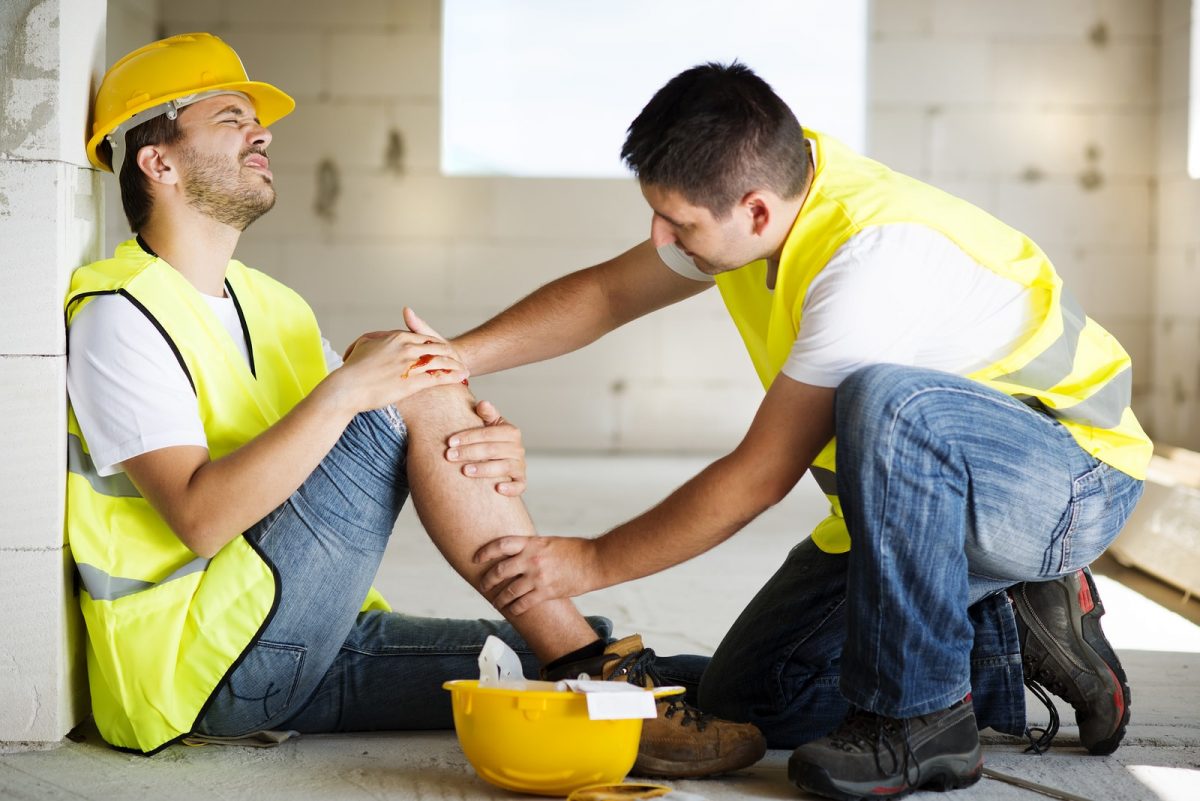
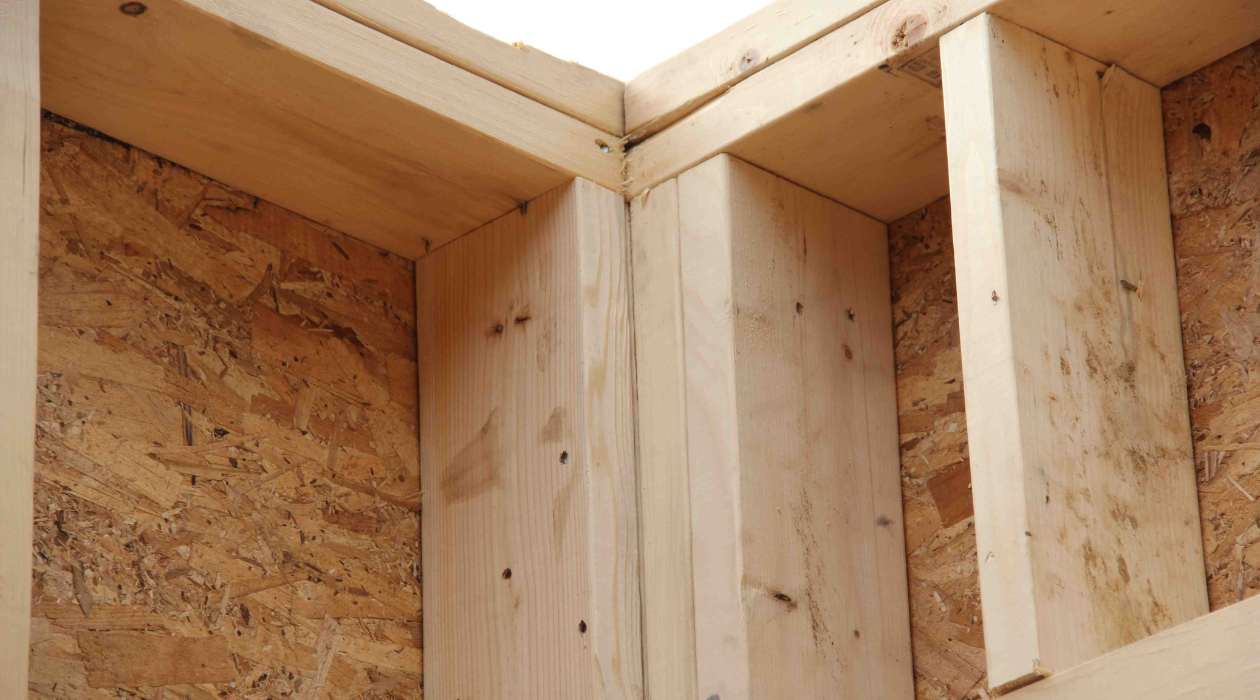
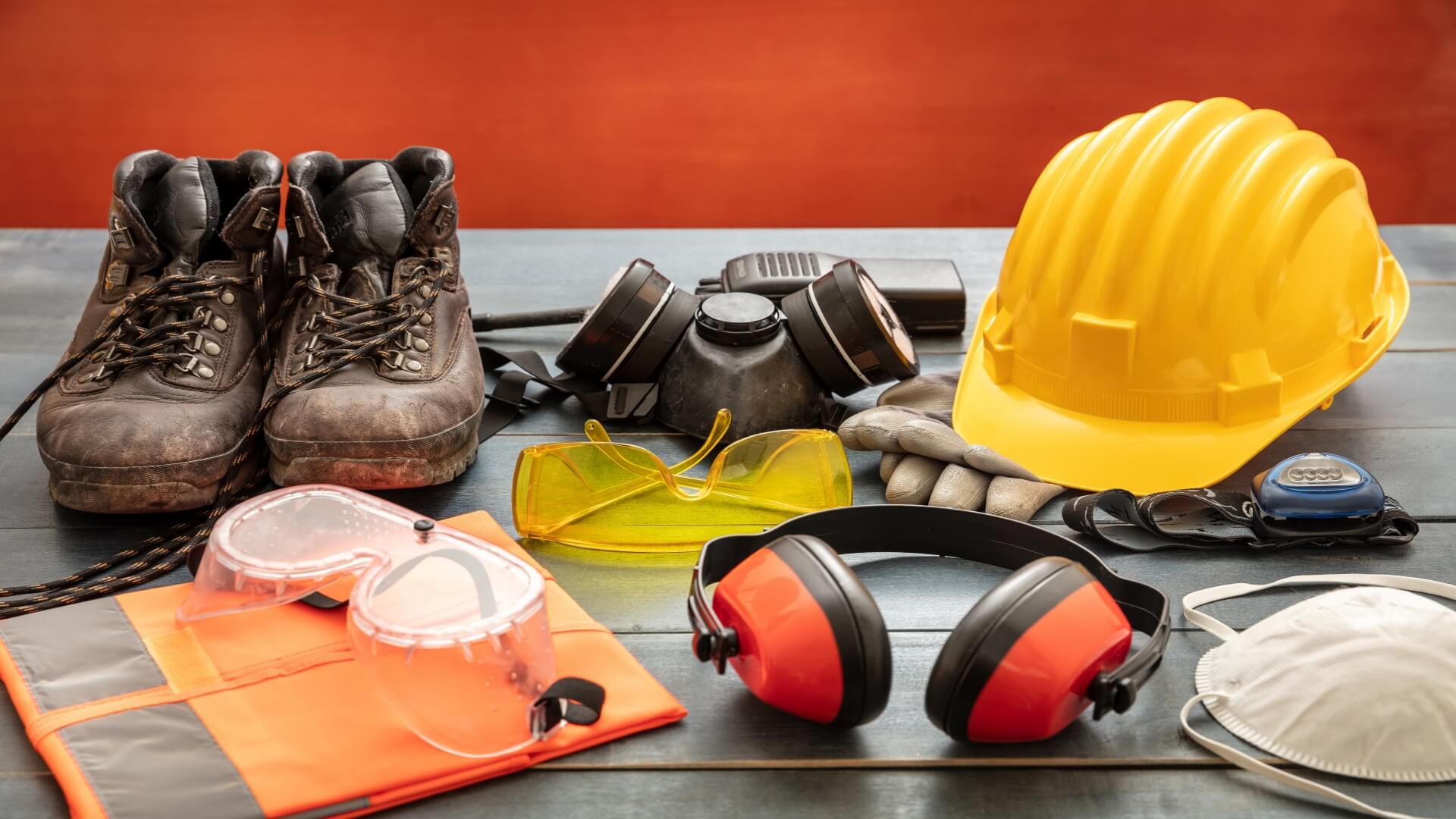
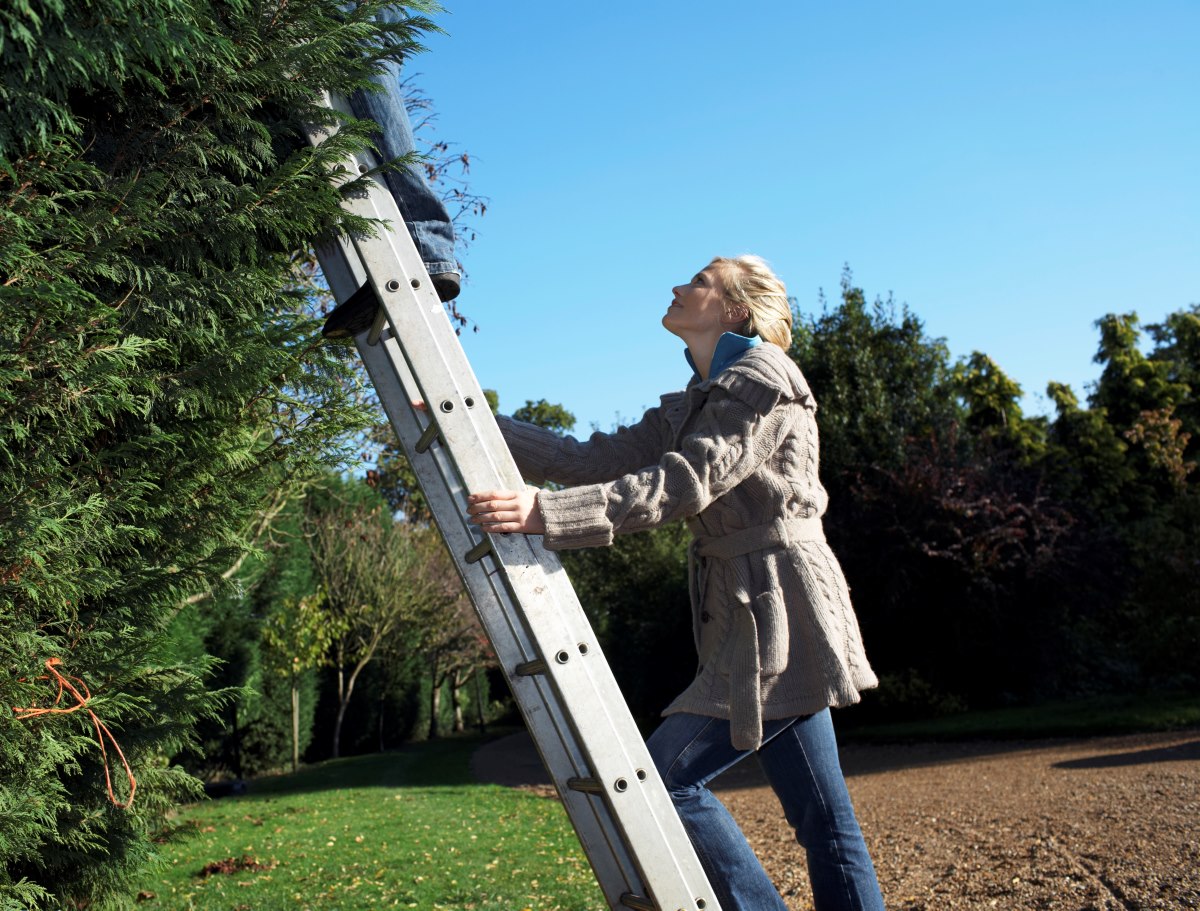

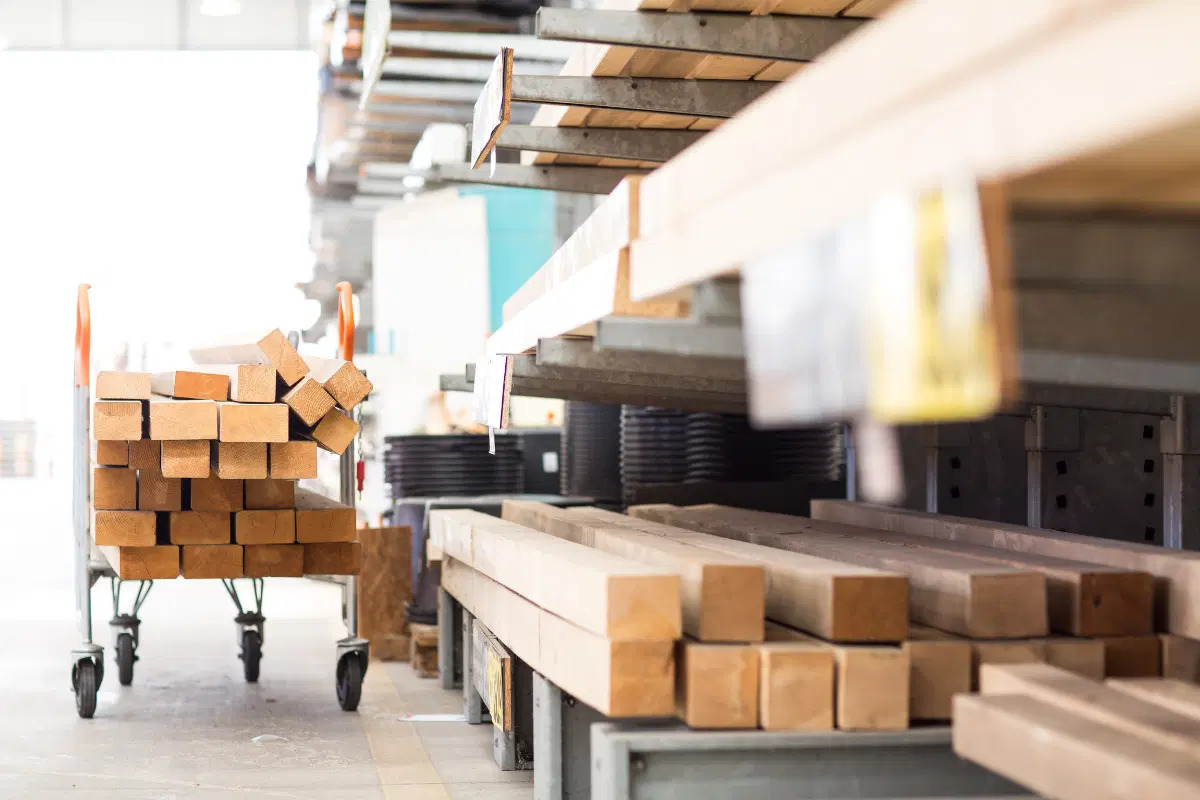

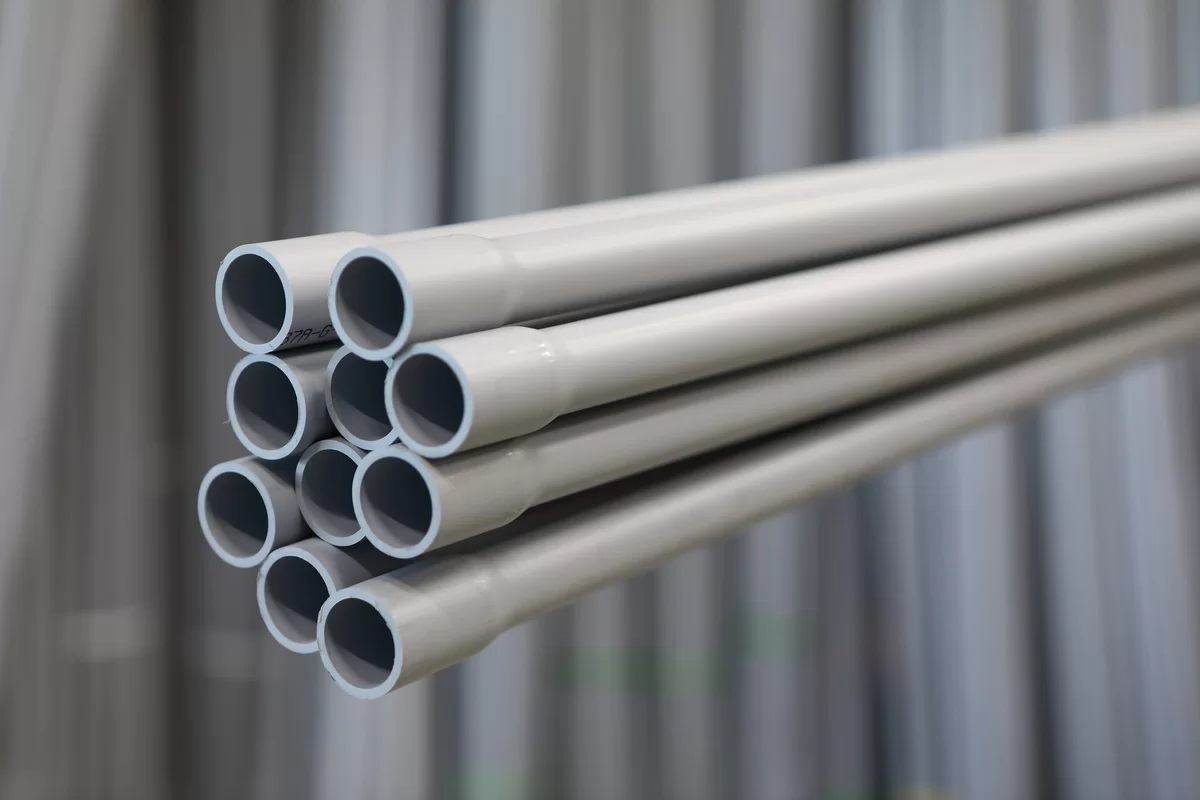

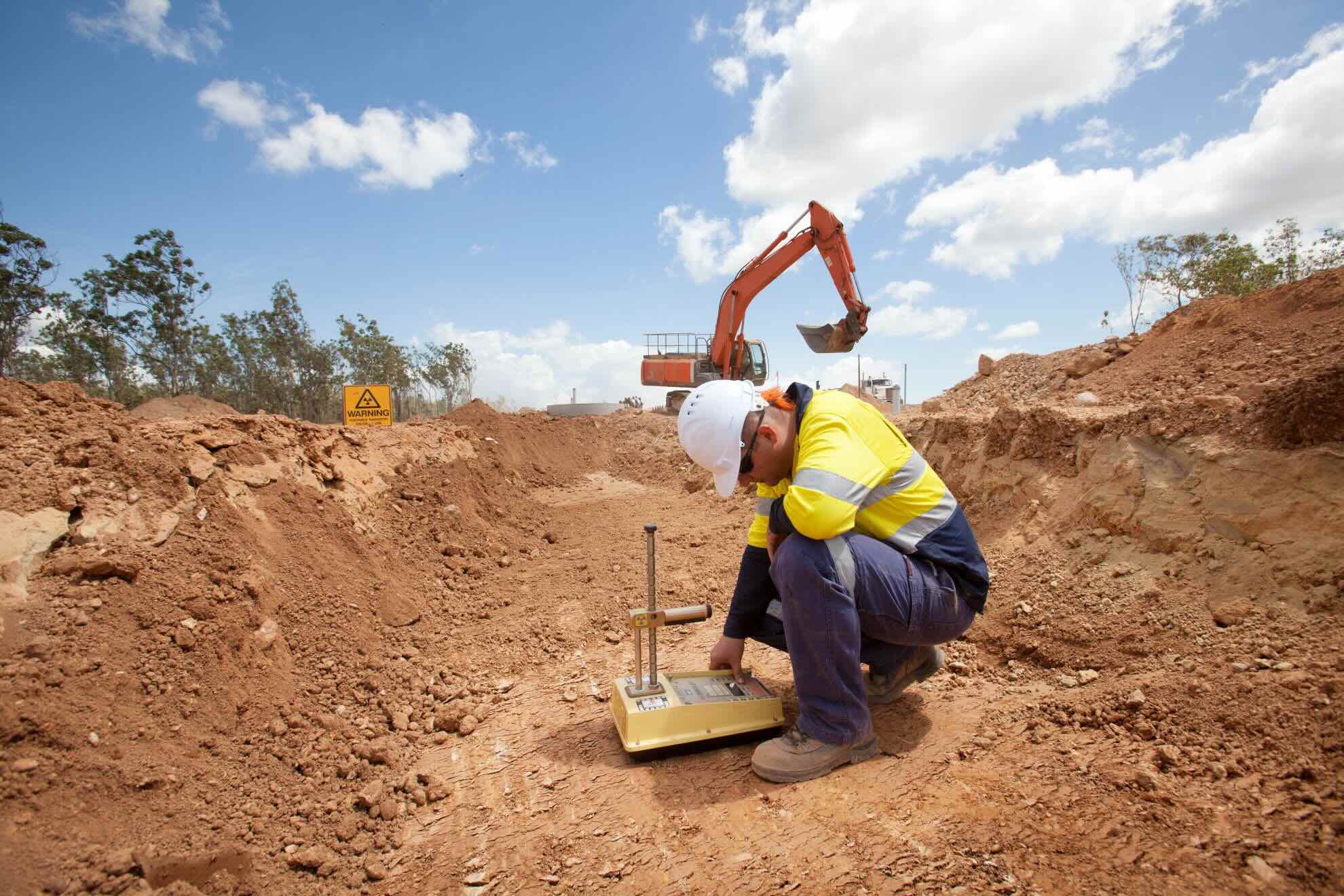


0 thoughts on “What Are The Most Important Safety Rules In Construction”